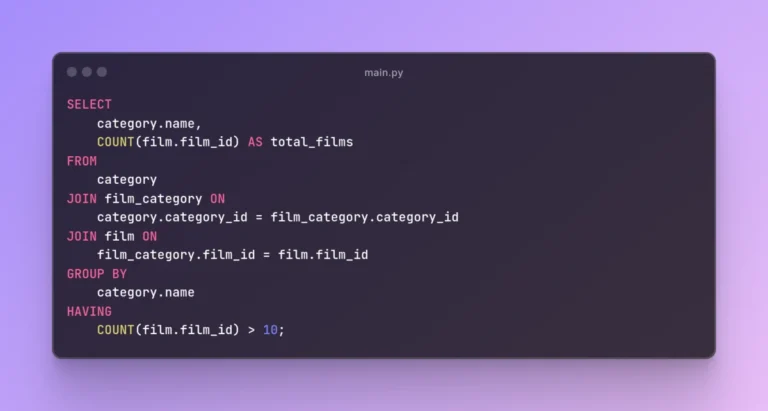
Google’s algorithm updates used to be straightforward. If rankings were impacted, search engine optimizers knew the cause. For example, the Panda update in 2011 affected sites with low-value content. The Penguin update in 2012 addressed spammy links.
But those causes are no longer apparent. Google’s explanations of algorithm updates are often fuzzy. It rarely offers actionable solutions or even targeted areas, such as content, usability, or links.
Thus diagnosing and fixing an organic search drop is much harder.
Google now broadly classifies algorithm updates as “core” or “helpful content.” Understanding the difference can make recovery easier and quicker.
Core Algorithm Update
A core update is Google’s reevaluation of an algorithm component. It doesn’t focus on specific sites or pages.
For example, a core update could target political bias in search results or a shift in query intent. It is a broad change to the algorithm, not a penalty. Per Google’s Search Central blog:
… there’s nothing in a core update that targets specific pages or sites. Instead, the changes are about improving how our systems assess content overall.
Core updates can address user experiences or on-page optimization tactics affecting the entire algorithm, not particular sites.
Hence sites don’t typically require action to recover from core updates. Sites can lose or gain traffic with each update without doing anything.
Yet sometimes entire sites are impacted — all pages lose traffic. That’s a good reason to assess your site’s overall content and usability for out-of-favor (to Google) tactics or elements.
Helpful Content
Helpful content is more of a penalty. It looks for content that targets search engines instead of humans and can penalize the whole site if most pages are presumed unhelpful.
Thus recovering from a helpful content update requires action. The next rollout won’t alter rankings without content changes sitewide.
Removing unhelpful content pages from your site may help. Regardless, a traffic drop coinciding with a helpful content update requires immediate action. There’s no recovery without it.
But a drop from a core update is more about analyzing organic listings and newly ranking URLs.
The helpful content algorithm is Google’s attempt to reward material that benefits humans. An update doesn’t elevate the rankings of superior pages; it penalizes unhelpful ones.
| Core Update | Helpful Content Update |
|---|---|
| Algorithm adjustment | Modifier that targets specific signals |
| Doesn’t target specific on-page or on-site tactics | Sitewide |
| Rewards | Demotes |
| No fix required unless all pages affected | Can be revoked by removing or improving unhelpful content |
Commonalities
Both updates:
- Are automated and machine-based. No human reviews or penalizes.
- May impact the entire site. Recoveries occur only with the next update.
- Are intent-based — to satisfy a searcher’s intent better. Intent analysis and optimization are key.
In short, while “core” and “helpful content” algorithm updates can focus on similar aspects, recovery from each is different. Helpful content addresses your site. Core updates address the algorithm.






